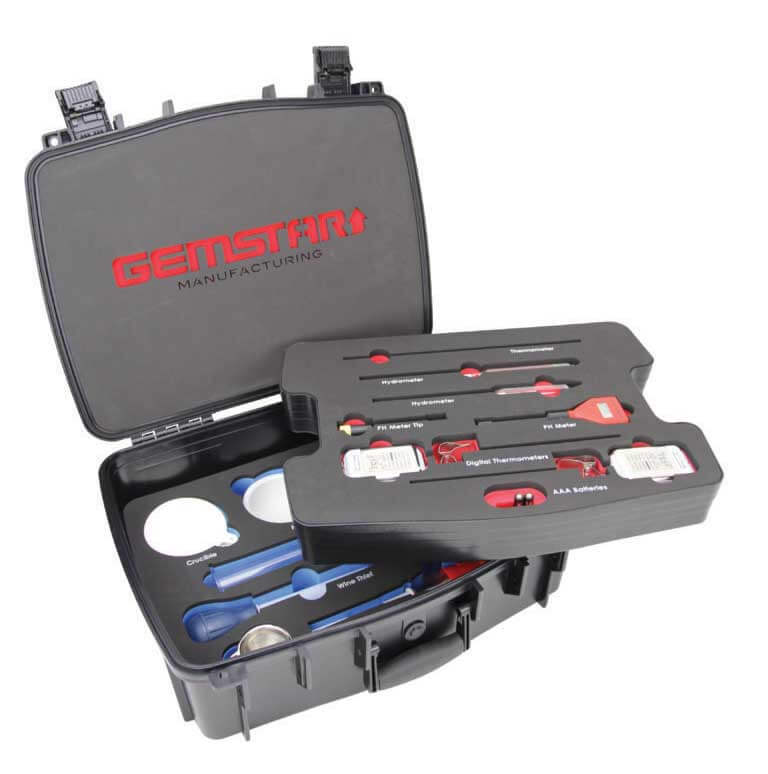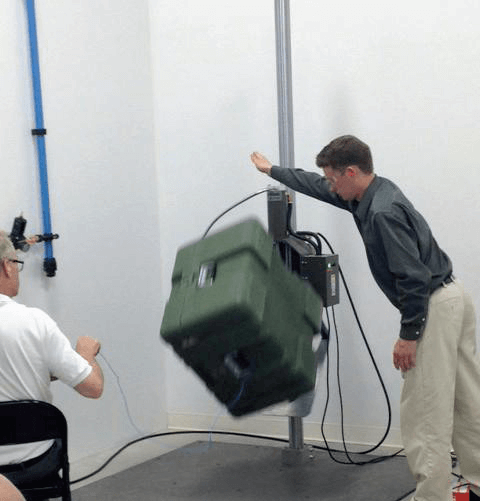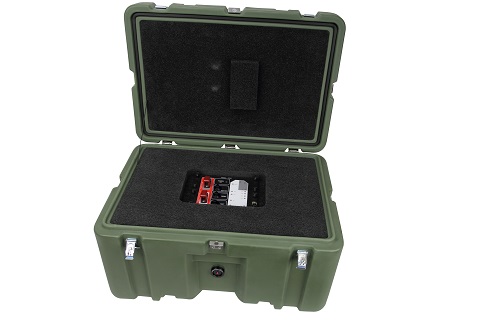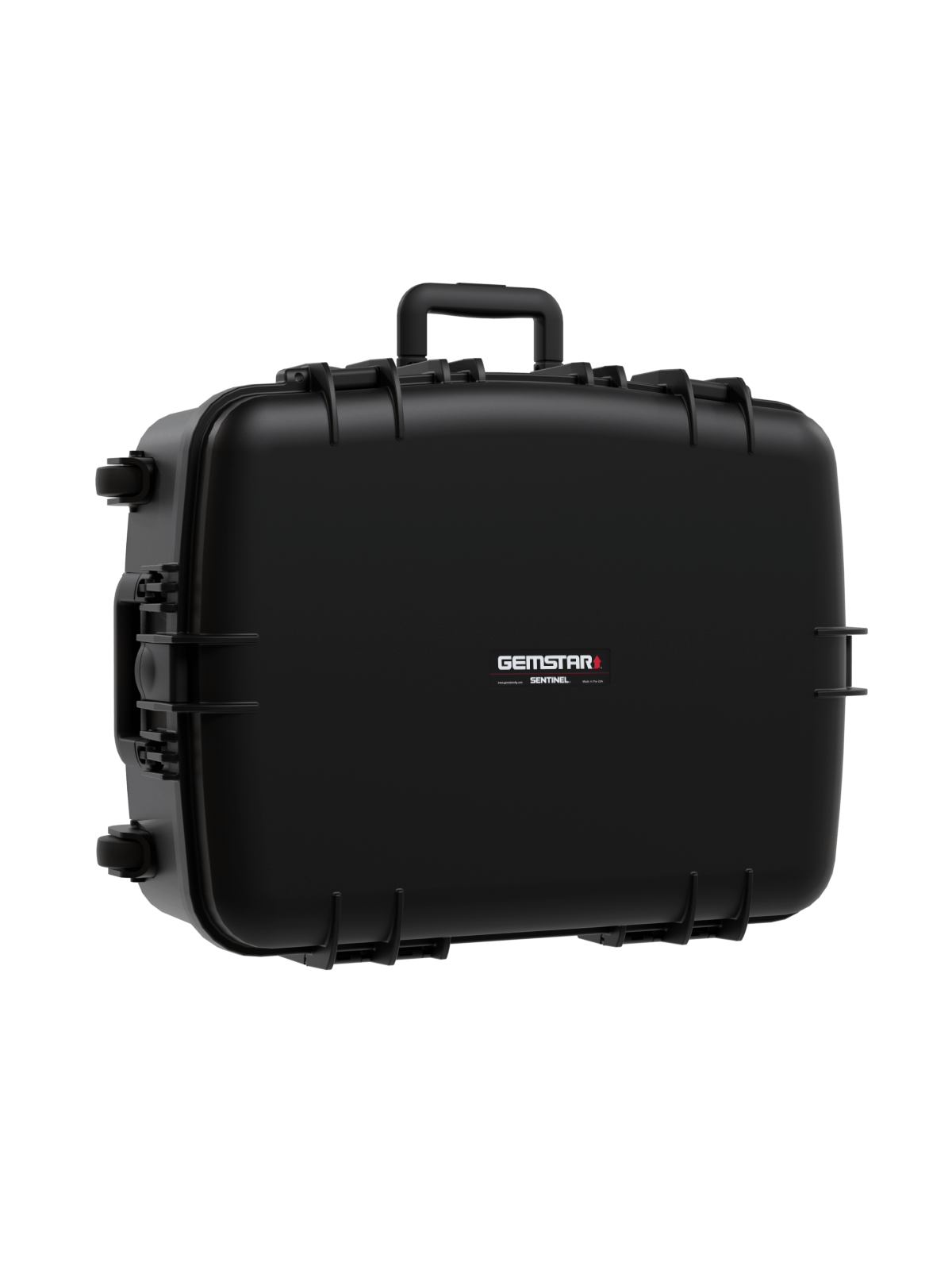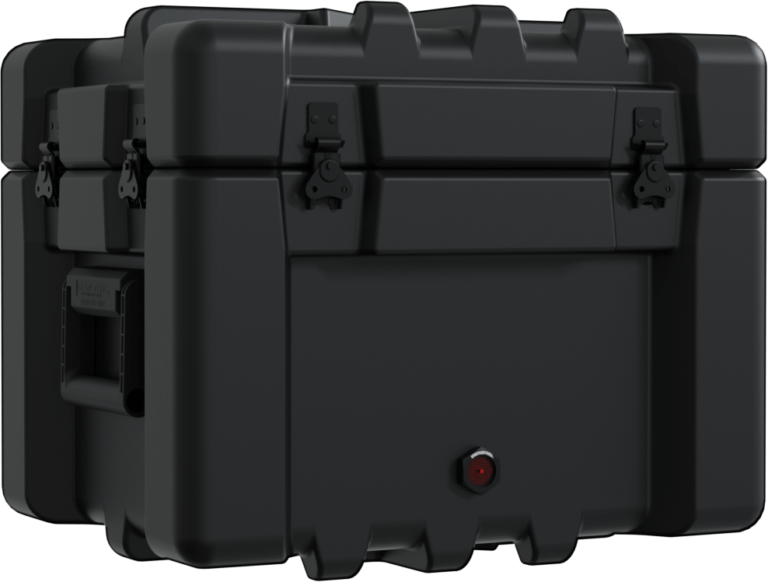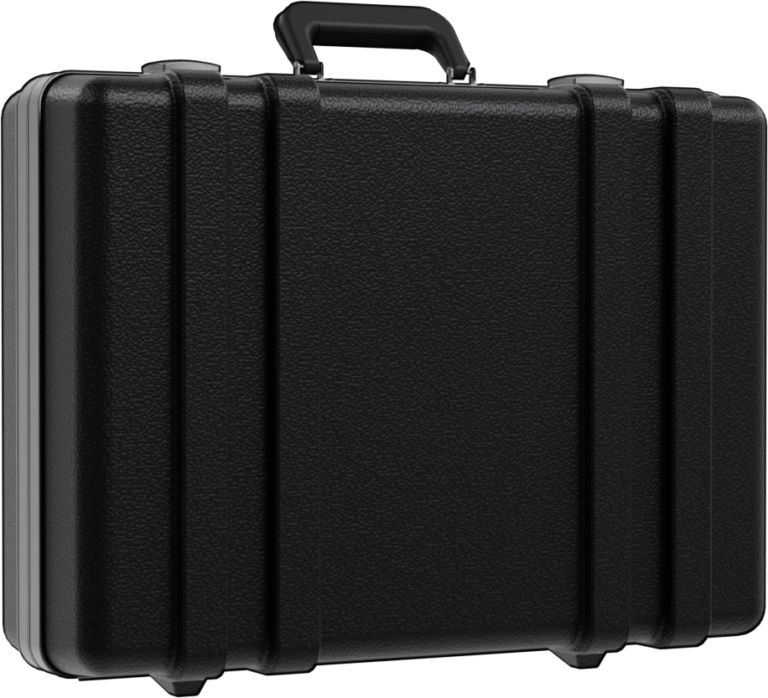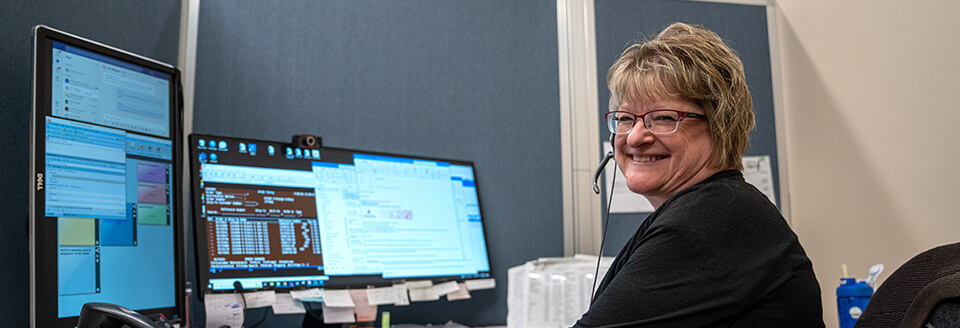Q: When should I start thinking about visual design for my hard case?
A: Most designers start with basic functionality like case size, part protection, wheels or no wheels, and so forth, which are the most critical and need to be addressed adequately. However, the visual components of a case can serve critical aesthetic and functional purposes that are just as important as foam cushioning or wheels.
Q: What are the more important visual aspects I need to be concerned with?
A: There are three important considerations that will enhance the usability of your total package solution: color, labeling, and internal layout.
Q: What kind of effect does color have on my case design?
A: Color affects how easily a case is recognized or hidden. The most common case color is black, as that is what most manufacturers offer as their standard color. So, when a case is any other color, it is already differentiated from the majority of hard cases out there. A colored case can stand out, be camouflaged, or express something about the service or products inside. An example might be for military applications where color selection can be mission-critical. Desert tan and olive drab allow the cases to match the environment in which they are deployed. Matte black hardware is usually requested to minimize any reflective surfaces. When a case needs to stand out— such as with safety products— the typical colors used are orange and yellow. Further, colors can be used to extend the brand expression of the parts or services deployed through the case.
Q: Does color impact my manufacturing lead time or cost?
A: That depends on the case manufacturing method and the specific color. Custom colored cases can have high minimum purchases and additional costs. Matching to a specific Pantone or color sample takes time, which means you may experience longer lead times.
Q: What functions might labeling perform besides showing a company logo?
A: There are countless options for labeling a case, both inside and out that will meet both the needs of the message and the aesthetics. For example, labels can offer instructions for handling the case, provide part identification, or instruct how the parts need to go into the case. A very large case might benefit from “Fork Here” or “This End Up” markings. If a case has a completely removable lid, alignment arrows will help to align the lid correctly. And when it comes to inside the case, alignment arrows can indicate if a part can only go into the foam or other cushioning option in one specific orientation—preventing unwanted damage to the part or foam set.
Q: What is the most effective way to include the proper labeling in my hard case?
A: There are countless labeling processes, and certain ones are better suited for different applications than others. If it is a highly cosmetic message, like a logo, some manufacturing processes are better than others, such as a vinyl printed graphic or a molded-in graphic. If durability is key, stenciling can be a great option. Not all adhesives are appropriate for plastic, and some may require you to prep the surface with heat or chemicals so that it doesn’t peel off completely during repeated use. Gemstar can provide direction and can suggest labeling you may not have considered, based upon your application.
Q: Besides protecting the parts, what else do I need to know about the interior layout?
A: Organization speaks volumes about your products and services, so when deciding on the interior case layout, part management is important. Consider these questions: Does a part need to have a certain area facing up for identification? How will the user know which parts go where when returning them? How can visual cues be used to help the user return parts? Is there a need for a miscellaneous cavity to hold cords and other small robust peripherals beneath another part or contained in a pouch or hinged compartment? Storage solutions should be user friendly, so consider designing individual cavities for items even if they don’t need that level of protection. The layout will look more organized as a result.
Q: Is there anything else I might need to consider?
A: For visual management, consider labeling individual cavities, provide part maps or charts inside the case lid, or use a two-color foam option to allow for a quick visual inventory. Remember that the case is an extension of your product and company and should represent both accordingly.

